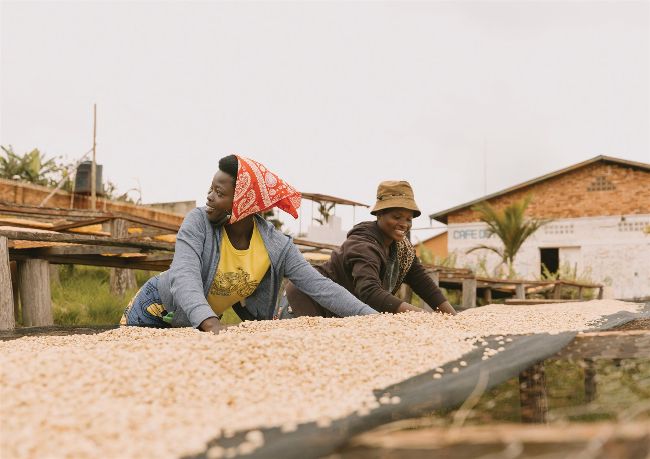FEATURE
THE POWER AND NUANCE OF RECONCILIATION IN RWANDA
Rwandans came together after the 1994 genocide and endangered mountain Gorillas experienced a rebirth, yet some things still need the hard graft of reconciling and recovering.
words: Holly Mthethwa and Mwai Yeboah

photos: Dan Carter
Jeanne Celestine Lakin was nine years old in 1994 when the genocide began in Rwanda against her and her fellow Tutsis. Before the genocide, she remembers a quiet countryside and life surrounded by her family and extended relatives. Her father was a known mediator in their community.
On Christmas Day and Easter, they’d regularly have neighbours of Hutu and Tutsi ethnicity in their home. The Hutu are traditional farmers and the largest ethnic group in Rwanda. The Tutsi are traditional pastoralists and the second-largest ethnic group in Rwanda. Slowly, she saw things change. Her teacher told her and her classmates to separate and sit according to their ethnicity. When men killed her uncle and his nine children, the fear was palpable, but despite this horror she still didn’t understand the magnitude of what was about to happen.
April 7, 1994, was the last time she saw her father and mother.
Her father returned home that day, telling them of bodies on the road and men, women, and children being killed. For the greatest chance of survival, he divided the family into three groups and sent nine-year-old Jeanne with her three-year-old twin sisters to her aunt, who was married to a Hutu man.
When they arrived, the house was full of others seeking help, and their uncle sent them away.
Smoke and screams
Described as a bloodbath, Jeanne lost her parents and most of her adult relatives in the genocide as bands of men set up roadblocks and murdered and mutilated anyone of Tutsi or mixed Tutsi and Hutu descent.
The citizen militia, composed of a mostly Hutu majority, arrived by the busload in a planned campaign to wipe out the minority Tutsi population.